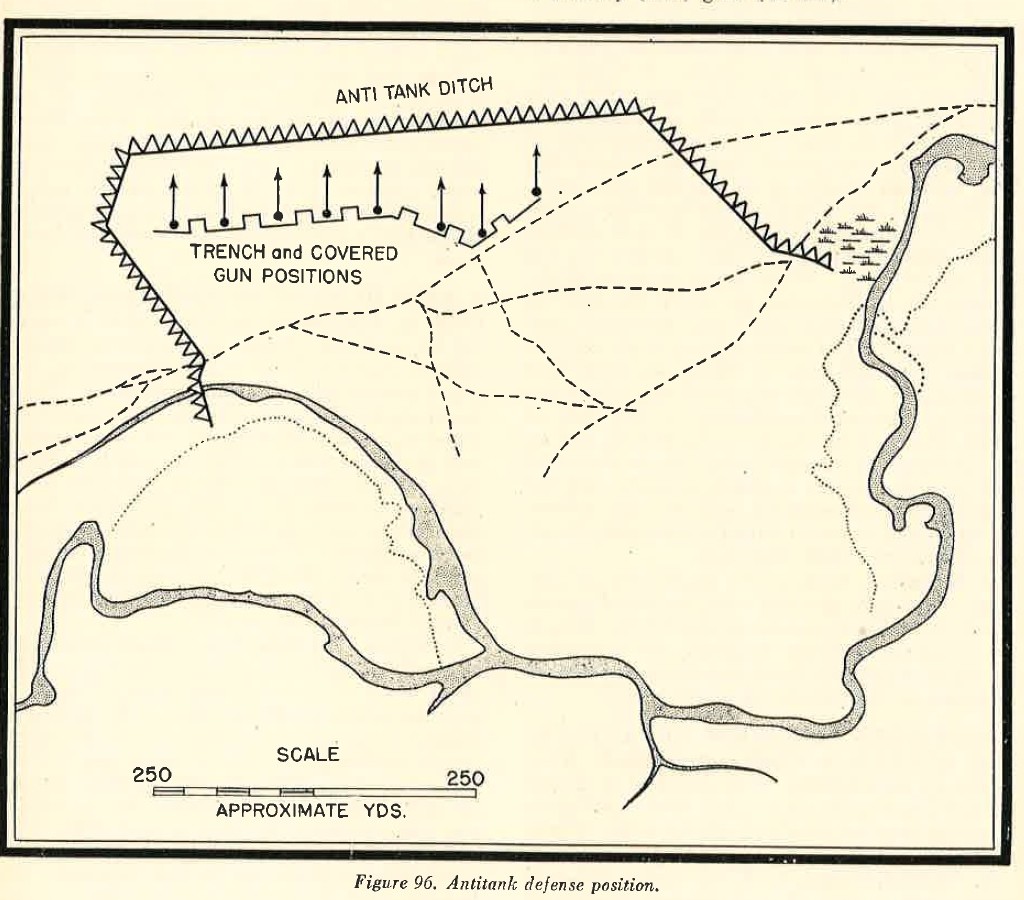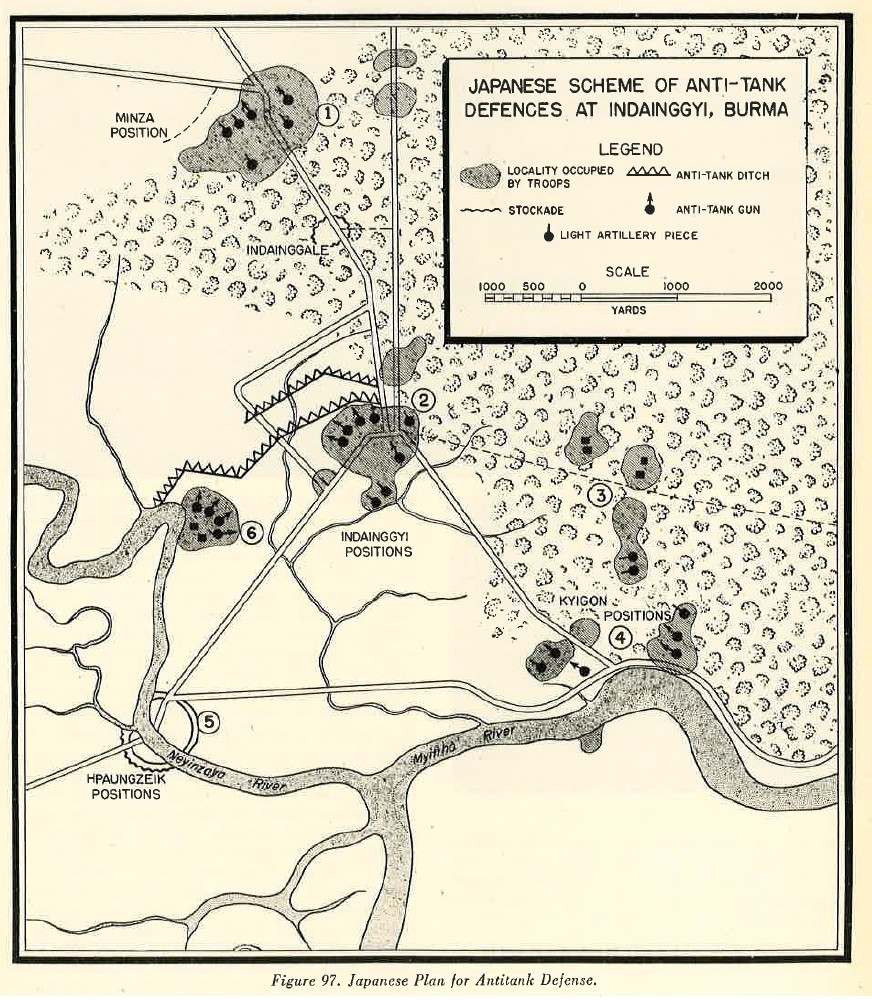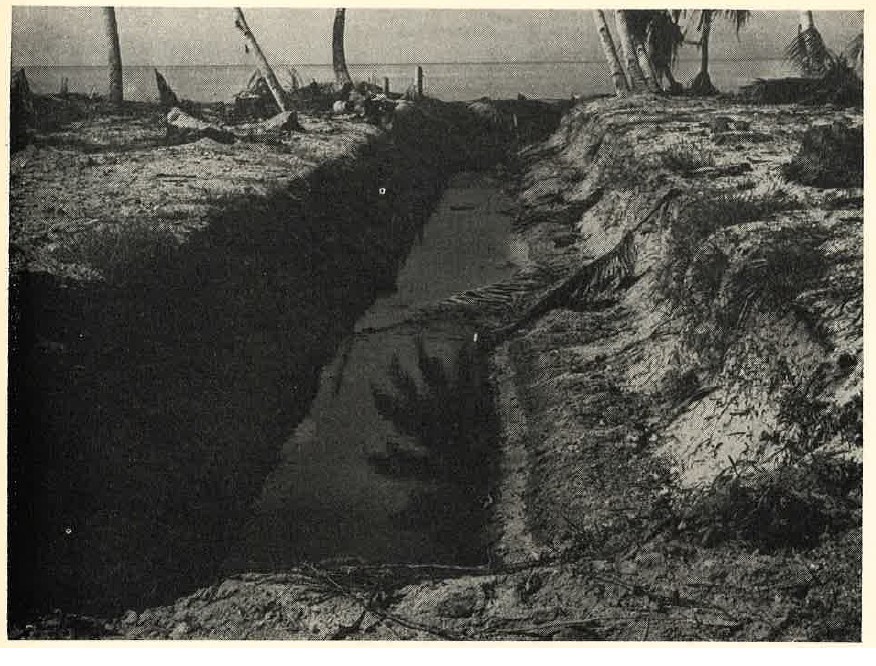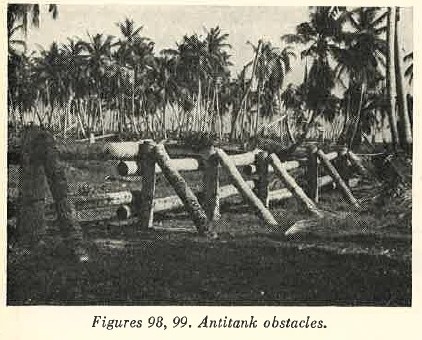CHAPTER 7 - TACTICS OF THE JAPANESE ARMY - ANTITANK DEFENSES
1. GENERAL. a. Background. The anti-tank methods adopted by the Japanese army follow normal modern practice with the exception that the
army as a whole is weak in this area. Their primary approach is to use simpler forms such as the use of antitank mines, incendiary
grenades, gas grenades, obstacles and the employment of special infantry assault squads (tank fighters).
Experience in fighting Russian tanks at No-monhan, Manchuria, in 1939 gave the Japanese army an initial warning that more definite
provisions must be made in its tactical organization for handling enemy tanks. As a result of much consideration of this problem,
which was stimulated by the successful use of tanks by the German army, a strategy for resisting tank attacks was adopted.
b. Exploitation of tank disadvantages. The Japanese envisage the inherent disadvantages of tank operations to be as given
below, and their antitank instructions stresses taking advantage of these conditions.
- Natural and artificial obstacles.
- Long tank columns which are difficult to camouflage.
- Adverse weather conditions which may prevail.
- Unfavorable working conditions and difficult observation which lower ifficiency of crews.
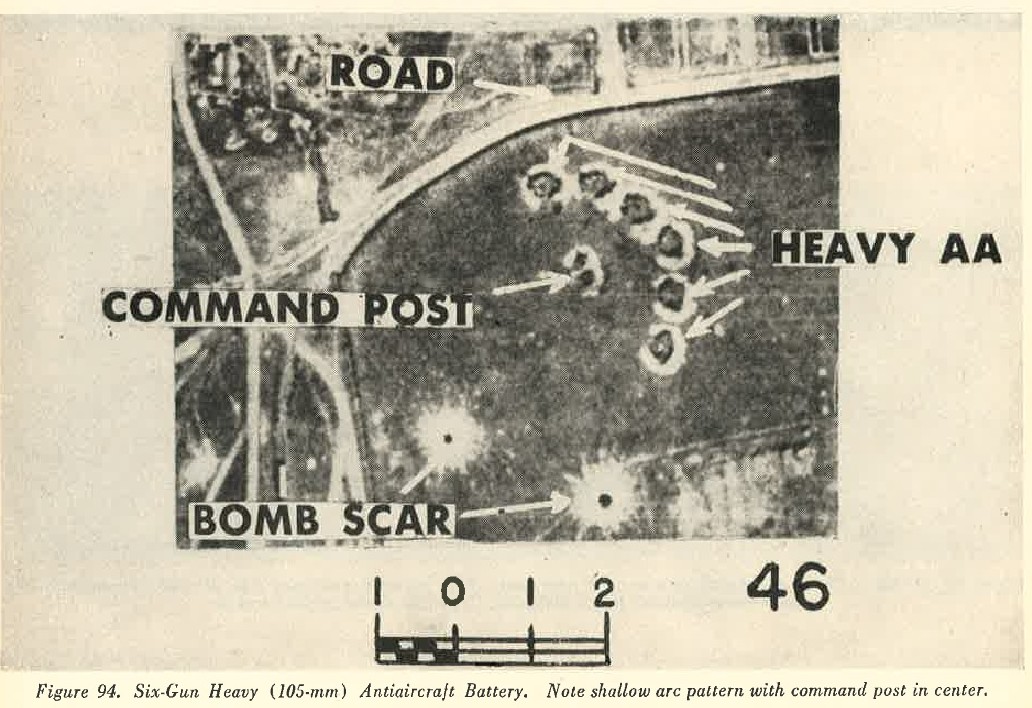
BR>

c. Tank Hunting. Since the Japanese army teachings lay a profound emphasis on coming into close contact with enemy tanks, it is well to draw attention to the fact that tank-hunring tactics are likely to be employed by a greater extent by the Japanese army than by other armies. the reason for this is three fold:
- It is another manifastation of the Japanese spirit of the bayonet - the hand to hand encounter, in which the individual is expected to triumph over material, even if armed only with grenades.
- The Japanese appear to be short of modern anti-tank guns, and only by denying one front do they produce reasonably strong concentrations on another.
- Most of the ground by which they have been fighting lends itself to close assault.
3. PASSIOVE DEFENSE MEASURES.
4. ACTIVE MEASURES.
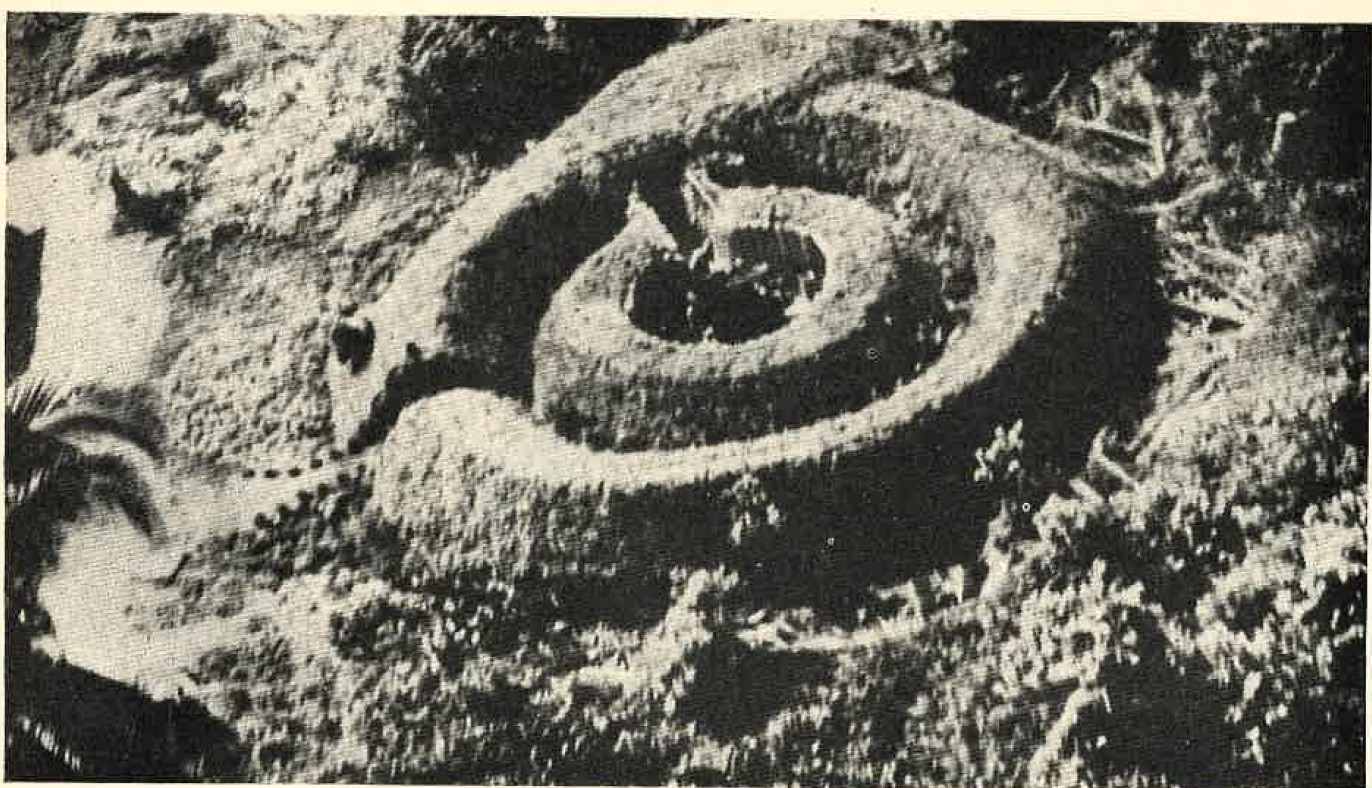
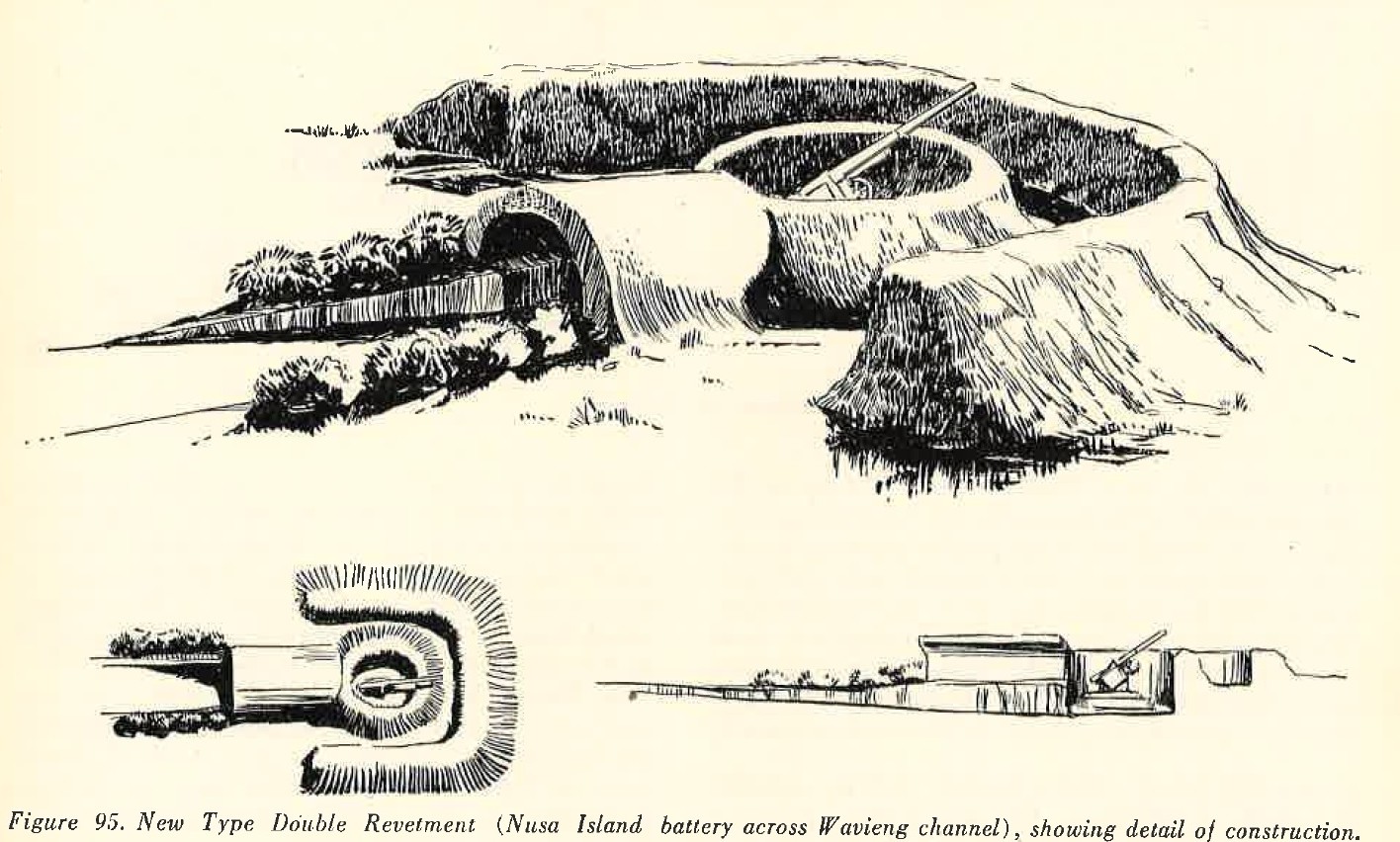
5. ANTITANK TACTICS. a. Mines A cheap methis of passive
6. DETAILED METHOD OF ATTACKING A TANK. a. Choice of ground When employing tank-fighters,
7. EMPLOYMENT OF ANTITANK WEAPONS. a. Allotment In country that is suitable
8. EXAMPLES OF POSITIONS. a. Natural and artificial obstacles combined. The position illustrated in figure 96
